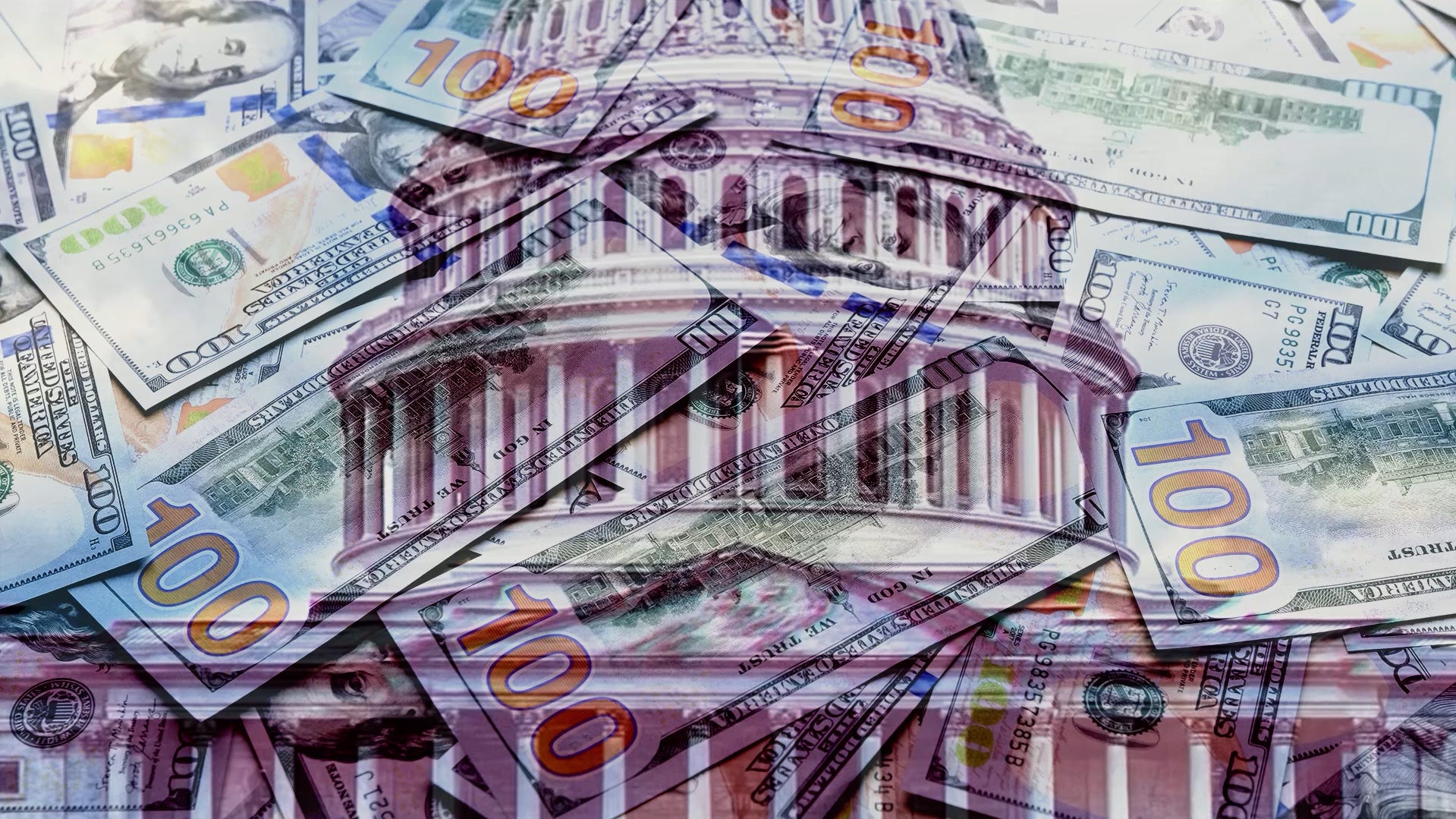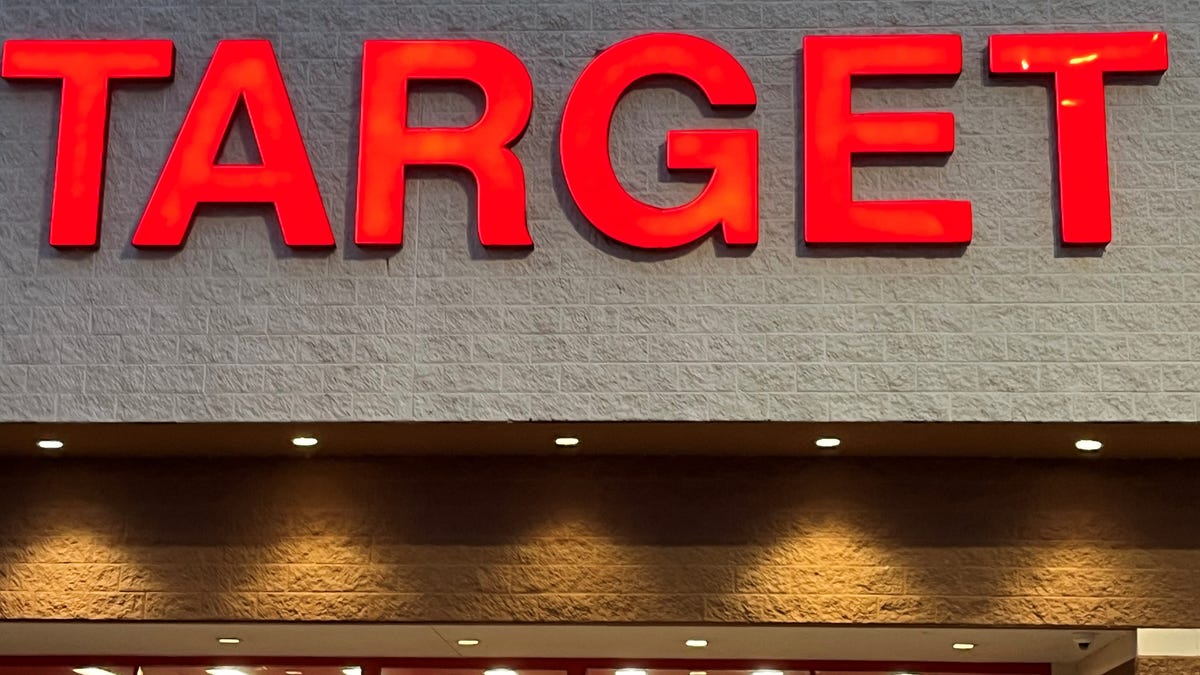
Collection of defaulted student loans to resume May 5: What to know
Since the pandemic, federal student loan borrowers have been mostly protected from the harshest consequences of defaulting. That’s about to change on May 5.
The Department of Education paused its plan to garnish Social Security benefits for defaulted student-loan borrowers, a process that was initially set to take effect when the administration restarted student debt collections on May 5.
Spokesperson Ellen Keast told USA TODAY in a statement on Tuesday, June 3, that the Department of Education has not offset any Social Security benefits since collections restarted last month.
“The Trump Administration is committed to protecting social security recipients who oftentimes rely on a fixed income,” Keast said in the statement to USA TODAY. “In the coming weeks, the Department will begin proactive outreach to recipients about affordable loan repayment options and help them back into good standing.”
The announcement is a reversal for the administration after announcing April 21 that the Education Department’s Office of Federal Student Aid would resume collections of its defaulted federal student loan portfolio on May 5, ending a more than five-year pause instituted in March 2020 as part of COVID-era policies.
The Department of Education says in a note on its debt resolution page that it is “delaying offsets” of monthly federal benefits, including Social Security, for “a couple of months and plans to resume sometime this summer.”
The Department did not provide a more concrete timeline of when collections could resume on Social Security payments in a request sent by USA TODAY.
Over 400,000 defaulted borrowers likely receive Social Security: Report
As of late April, there were 42.7 million borrowers owing more than $1.6 trillion in student debt, according to the department, with more than 5 million borrowers in default.
When borrowers default on their federal student loans, the government can collect the outstanding balance through forced collections, including the offset of tax refunds, as well as the garnishment of wages and Social Security benefits.
There are an estimated 452,000 student loan borrowers age 62 and older with defaulted loans who are likely receiving Social Security benefits, the Consumer Financial Protection Bureau said in January. More than one in three Social Security recipients with student loans are reliant on Social Security payments, according to a January report from the bureau, meaning forced collections, if implemented, could “significantly imperil their financial well-being.”
What does it mean to default on student loan payments?
Federal student loan borrowers enter default after 270 days of missed payments and are then transferred to the Department of Education’s default collections program after 360 days of non-payment. Defaults negatively impact borrowers’ credit scores and leave them vulnerable to forced collections.
Trump administration tightened student loan debt policies
About 195,000 borrowers who haven’t paid their student loan bills for at least nine months received a 30-day official notice the week of May 5 from the U.S. Department of Treasury notifying them that their federal benefits checks will be cut in early June.
“There’s no such thing as forgiveness, just shifting the payment burden from one party to another. We will not force American taxpayers to take on the debts that are not theirs,” Department of Education Secretary Linda McMahon said in an X post in late April. “Borrowers should pay back the debts they take on.”
Kathryn Palmer is a national trending news reporter for USA TODAY. You can reach her at kapalmer@usatoday.com and on X @KathrynPlmr.










